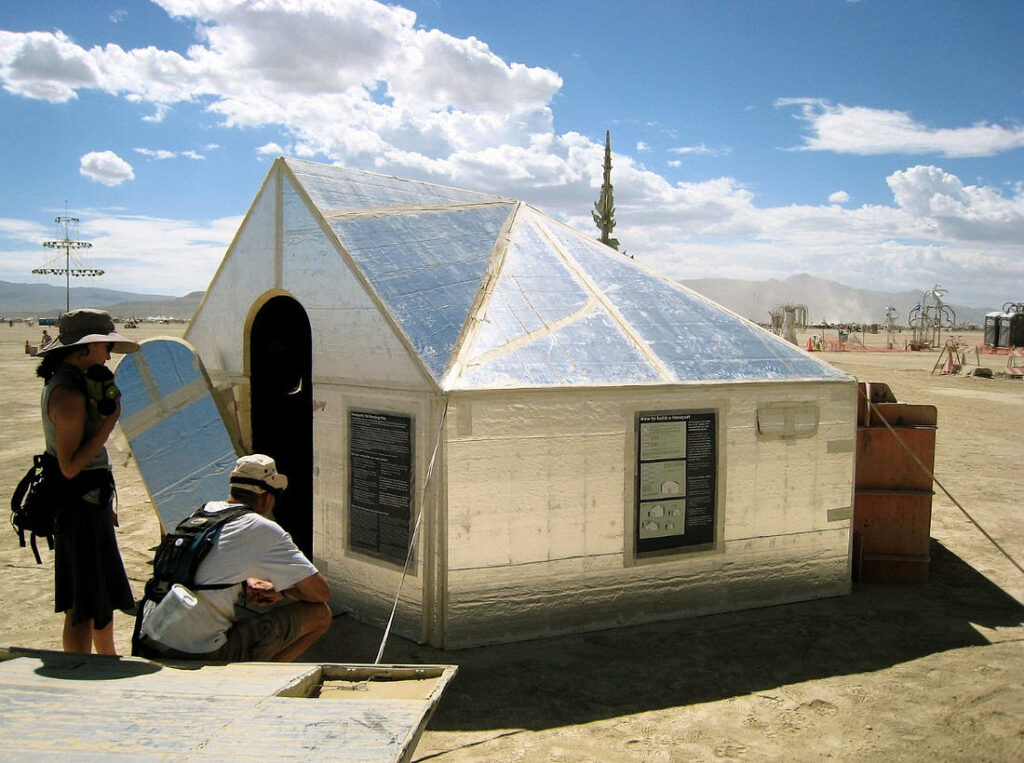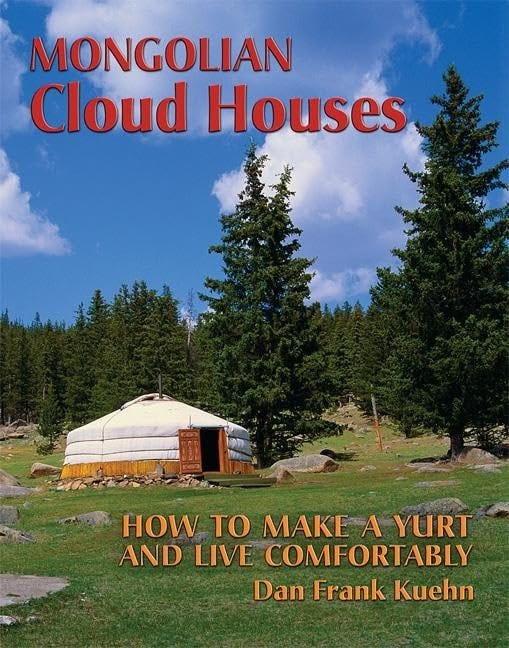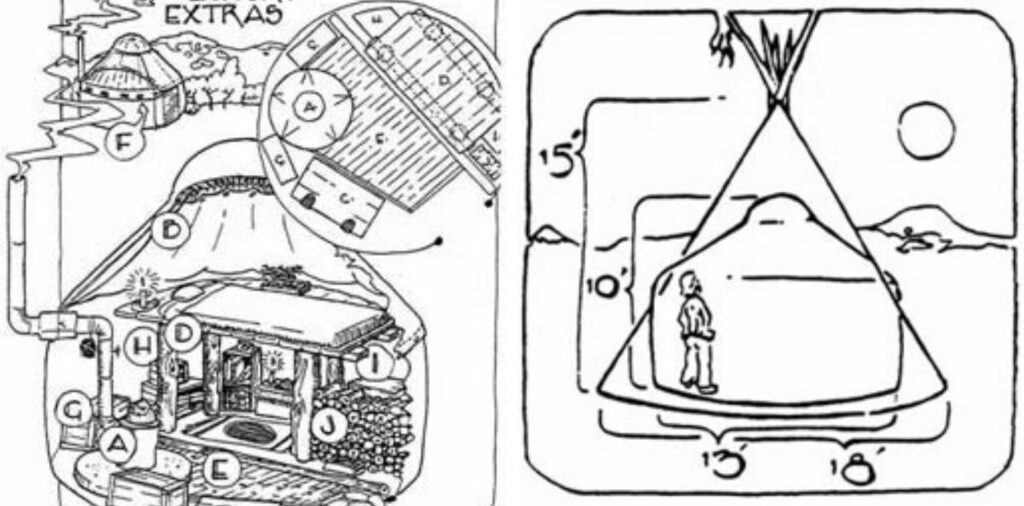Online Classroom
Tools for Possibilities: issue no. 14
Once a week we’ll send out a page from Cool Tools: A Catalog of Possibilities. The tools might be outdated or obsolete, but the possibilities they inspire are new. Sign up here to get Tools for Possibilities a week early in your inbox.
| Streaming technical classes |
| Lynda.com, $25 (one month subscription) I don’t know about you but I need constant reminders on how to use complex software packages such Photoshop, WordPress, FinalCutPro, or InDesign (which I am using at this moment). I am a binge user, immersed deeply during a project, then a month later I’ve forgotten even basic commands. If I did programming, I’d need the same refreshers. Searching YouTube is great for narrow tips, but I often need structured lessons on how to accomplish basic things. I’ve also learned that I remember much more from online video tutorials than I do from guidebooks. Must be how my brain works. So for the past 8 years I’ve subscribed to Lynda off and on. Lynda began as Lynda Weinman making videos teaching web design but is now a collection of 2,000 courses, with an astounding 100,000 tutorials, for mastering software packages of any type. I can find a series of lessons begining with newbie introductions up to advanced shortcuts for almost any software package alive. I can watch, re-watch without limit. Besides the publishing software I use, Lynda is big on tutorials for programming languages (Python, MySQL, HTML5), specialized ware (Finale, Matlab, Maya, ProTools), and your common office packages. At $25 per month, or $250 per year, it ain’t cheap, but it’s powerful and a time-saver. I subscribe during a project when we need help the most, and let it go in between. Also it’s all streaming, no dowloads. Log in from anywhere, any device, but only one at a time, so I share my account with my son, who is constantly learning new software. A fair number of their videos are free as enticements for the rest of the course. They have apps for attending on tablets and phones, and group discounts for classrooms. For lifelong learners in a digital world, Lynda is a must. – KK |
 |
| How to do research |
| Networking on the Network, Free I know of no better guide to becoming a researcher than this book, which exists only online. Written by a professor to help his PhD students learn how to network and develop their professional skills, it is great advice for anyone who wants to create a place for themselves in the information economy. It’s all about finding, feeding, and harvesting networks of other like-minded folks, and growing your own distinctive node. While the author naturally focuses on how academia works, there is enough valuable wisdom here for anyone doing original research (and you should!) — whether corporate, journalistic, or part-time blogging. – KK You are not choosing which network to join; rather,you are creating a new network of your own. If this seems like a lot of work, think of it as shopping: the library is a giant department store, and you are shopping for professional colleagues. Accumulate a “long list” of potential colleagues. Study their work and learn from it. Figure out what elements your work has in common with theirs. Then practice explaining your research in a way that puts those elements in the foreground and the other elements in the background. The general formula is “I’m interested in [elements you have in common with the person you’re talking to], and to this end I’m studying [elements that you don’t have in common with them]“. For example, “I’m interested in how teachers adopt computers, and to this end I’m conducting an ethnographic study of some grade-school teachers’ strategies for including computers in their lessons”, or “I’m doing ethnographic research on people adopting computers, and my fieldwork concerns grade-school teachers …”. Now you are ready to build a community for yourself that includes relevant people from several different research areas. These people will be like spokes in a wheel, of which you are the hub. In working through this exercise, you are already encountering two fundamental principles of professional social life, both of which will recur throughout this article. The first one was already well-known in classical rhetoric, and I will call it “articulating commonalities”. The point here is to develop relationships with people. And relationships are founded on commonalities. These commonalities might include shared values, shared research topics, shared goals, or anything else of a professional nature that you might share with someone. To articulate a commonality means formulating language for it. It is especially important to put your publications on your Web site. This can be difficult, given that publishers generally ask you to sign over your copyrights. But even when this happens, you can still amend the copyright form with a marginal phrase like “I retain the right to post the paper on my Web site”. Here is the procedure: (a) choose someone you wish to approach and read their work with some care; (b) make sure that your article cites their work in some substantial way (in addition to all your other citations); (c) mail the person a copy of your article; and (d) include a low-key, one-page cover letter that says something intelligent about their work. If your work and theirs could be seen to overlap, include a concise statement of the relationship you see between them. The tone of this letter counts. Project ordinary, calm self-confidence. Refrain from praising or fawning or self-deprecation or cuteness or making a big deal out of it — you’re not subordinating yourself to this person; you’re just passing along your paper. Don’t sound like you’re presupposing or demanding that you’ll get a response. Try a formula such as, “If you should happen to have any comments, I would be most interested to hear them”. A good final sentiment for your letter is, “Will you be at such-and-such conference?”. |
 |
| Search 72,000 libraries |
| WorldCat, Free WorldCat is a publicly accessible online interface to the holdings of all types of libraries throughout the world: currently 72,000 libraries in 170 countries. Tell it what book you’re looking for and your zip code or city, and it will pinpoint the nearest library that has the book. Same goes for magazines and journals, video and audio formats. The ability to locate an obscure book is invaluable; but it’s also tremendously useful for anyone living in a region with more than one nearby library. California’s Bay Area is blessed with an abundance of excellent public and academic library systems and a majority of them are represented in WorldCat, so in my case, it’s a real time saver (I do a lot of sleuthing). The database was originally accessible only by taking a trip to the library, but in 2004, the nonprofit Online Computer Library Center (OCLC) built this interface. Beyond the core location service, WorldCat provides many other helpful services and resources, like citation exporting, list making, and text samples. I haven’t explored these options much, but you can use it to build your own private or public indexes of titles and to search public lists created by other users. You can even read and write reviews of materials – yes, you can actually write in the library catalog! And if you decide you’d actually prefer to purchase the item, there are Amazon and WorldCat purchase links (a portion of every WorldCat sale goes toward supporting a local library of your choosing or to the OCLC). You’ll need to create a WorldCat account to take advantage of these features, but account creation goes really quickly and it’s free. You can obtain WorldCat results in your preferred search engine by appending the term “WorldCat” to your search. Preceding your query with the phrase “find in a library” also works very well in Google and Yahoo. In my own experience, I’ve found these methods to work best in conjunction with titles or author names. WorldCat also offers a number of browser toolbar extensions and plug-ins to help facilitate searches. Alternatively, you can simply go directly to the WorldCat web site and use it like you would any individual library’s catalog. Search on title/author/keyword/etc., browse by topic or other citation linkages. Item pages consist of basic bibliographic data formatted out like a virtual catalog card, and below that you’ll find a set of tabs with the holding libraries information, more detailed bibliographic data, subject links, editions and reviews. Finding the exact edition of a book can be a bit tricky, and so can finding an alternative edition that may be even closer to you, so the “Editions” tab is critical. Overall, OCLC does a pretty good job of rolling duplicate catalog entries together, but you do need to watch out for alternate spellings of titles. The library links from the item page will take you to into the holding library’s OPAC (online public access catalog). You might land on the item page for that work or you might find yourself at the main catalog page for that library. Responsibility for providing accurate “deep links” to item pages falls to the participating library. I have occasionally found that after following a link for a holding library, I end up at a catalog page that says something along the lines of “Your item would be here.” At this point, I go ahead and re-enter my title in the library’s search box on that page and more often than not the item does appear in the catalog. I’m not sure why this happens, but I suspect it may have something to do with links changing or out of date record numbers being used. This is, admittedly, very frustrating, but because the item usually does end up being in the catalog I continue to be a fan of WorldCat. It’s really an excellent resource for all users of various types of libraries with broadly ranging information needs. And its main purpose of connecting patrons with materials housed in libraries near them is further supplemented by new and growing userspecific and community-based features. I couldn’t get along without it. I also look forward to watching the project continue to evolve. – Camille Cloutier Hartsell |
 |
| 20-volume lexicon in one |
| Compact Oxford English Dictionary, $73+ The classic, Compact OED is a smaller, handy version of what is the best English dictionary, bar none, the famous OED. Because it’s photo-reduced, it contains the entire OED, all 20 large volumes in one convenient reference (it comes with a reading glass). Aside from saving space on your shelf, it’s also significantly cheaper. It’s quite large, but you could definitely fit it in a regular backpack, if you’re a student or need to transport it (although it is about 10 pounds!). I’ve been using it for 3 years now, at least twice a week for general queries, as I enjoy discovering and using obscure words and I also often look up words and dive into etymology as part of my Wikipedia editing. For example, recently I used my OED to look up an archaic usage of the word “quaint”. Apparently Andrew Marvell’s “To His Coy Mistress” makes use of the old meaning where “quaint” also refers to female anatomy. Who knew?! – Gwern Branwen |











